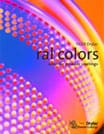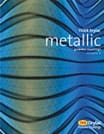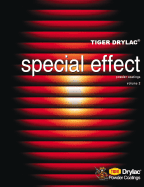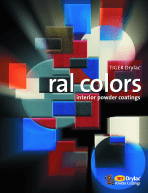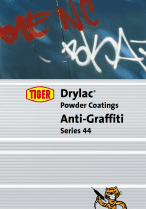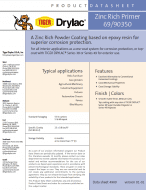
Services & Capabilities
Welcome To Valley Powdercoat Ltd.
Valley Powdercoat Ltd. is a custom metal finisher specializing in medical and dental equipment, marine applications and housings for electronic and mechanical components. Started in 1988, Valley Powdercoat has earned a reputation for providing superior quality and quick turn-around for a wide variety of national customers. All of our customer relationships are treated as partnerships in delivering exceptional quality to the end user.
Powdercoating
Pre Treatment
Masking
Good – Better – Best
Thermoplastic Coatings
Color Charts
Burn Off
What Is Powdercoating?
Powder coating is a dry finishing process that applies a decorative and protective finish to a wide array of materials and products used by both industries and consumers. Powder coatings are available in an almost limitless range of colors and textures. The powder is a mixture of finely ground particles of pigment and resin, creating a uniform powder similar to baking flour. The powder is sprayed onto a surface to be coated, applying an electrostatic charge to the powder particles, which are attracted to the grounded part. The parts are then heated in a curing oven, where the surfaces are fused into a smooth coating.
The result is a uniform, durable, high-quality and attractive finish.
Millions of products and parts are powder coated, including many commercial and everyday applications:
Applicances
Bollards
Automotive
Architectural
Gates & Fences
Furniture
Bicycles & Racks
Fireplaces
What Are The Advantages?
Looking Good!
Color selection is virtually unlimited and colors stay bright and vibrant longer. A variety of high and low gloss, metallic, and clear finishes are available. Texture selections range from smooth surfaces to a wrinkled or matte finish, and rough textures designed for hiding surface imperfections.
Greener!
While liquid finishes contain solvents that generate pollutants, powder coating contains no solvents, making it highly protective of our environment. In addition, most overspray that does not adhere to the part can be recycled and reused, virtually eliminating waste and offering a smaller carbon footprint.
Rain or Sleet or Snow!
Powder coated products are more resistant to extreme weather conditions, including moisture and ultraviolet light damage. That’s why powder coating is used on products exposed to weather, such as vehicle rims, fences, and outdoor furniture.
Stronger!
Protects surfaces and lasts a long, long time. Powder coating shields the roughest, toughest machinery, as well as household items you depend on daily such as appliances, bathroom fixtures, and baby strollers.
Durability!
Powder coating is one of the most economical, longest-lasting and most color-durable quality finishes available. Powder coated surfaces are more resistant to chipping, scratching, fading, corrosion and other wear issues.
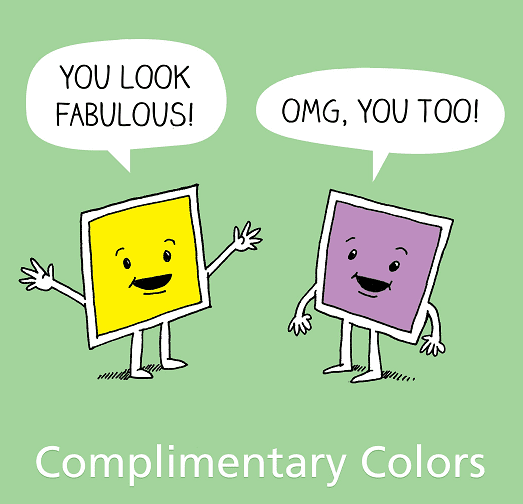
Pre-Treatment
Powder coating performance is dependent on the preparation and pre-treatment of the product. It should be stripped of any oils, residue, rust, and even fingerprints beforehand. Using the proper methods helps to achieve optimal adhesion of the powder to the product.
During the manufacturing process of your parts, certain surface contaminants must be avoided or removed. Note that Silicone and WD40 must not be used in the manufacturing process. Also, oxygen-fueled laser cut edges must be removed or eliminated (nitrogen is fine). Oxygen lasers create a very hard, glossy surface that will not provide a suitable surface for the powder coat to bond to. Sharp corners should be rounded off, or a primer base coat can be applied to help cover the corners. Parts to be powder coated are hung by metal hooks, so a hanging hole, or an area on the part to hang from, must be identified.
At Valley Powdercoat, our pre-treatment processes will prepare your products by:
- Removing scale: Oxygen can be trapped between the scale and the clean metal which will release when heated in the curing oven, leaving the metal susceptible to oxidizing.
- Removing Rust: If it is not removed, rust will continue to spread under the coating, which will eventually undermine the powder coated surface.
Pre-Treatment Options
- Iron Phosphate 3-stage wash: Degreases and creates a chemical reaction with metal to accommodate ideal adhesion of the powder coat.
- Zirconium 5-stage wash: Draws out impurities from the metal and greatly enhances the powder coat’s ability to form a bond with aluminum.
- Sandblasting: There are various sizes and types of media used to blast metal, all will give different profiles on the metal surfaces. Clean media is used because once the part is sandblasted it will not be washed due to susceptibility to rusting on the bare metal. Less profile is better for one coat applications because the powder will settle uniformly on top of the “peaks” and “valleys”, but along the peaks the powder thickness may not be sufficient with one coat of powder. Blasted parts should have a primer base coat applied, due to the peaks and valleys of the metal’s profile. Galvanized parts should be lightly sandblasted before powder coating for optimal adhesion and performance.
Peaks & Valleys
Rust On The Metal Surface
Oil Bleeding Out Of Metal After Sandblasting
White Hydroxide Layer On Aluminum
Masking
Masking is a very important step in the powder coating process. Many products require masking of certain areas in order to prevent the powder from interfering with the function of your part, as well as for appearance. Powder coating is a thicker coating than most paints, and proper masking will ensure your product will still operate properly once we’re done. We have experience in masking for dual coat applications, machined mating surfaces, and grounding points on electronic housings. We use a large variety of high-temperature masking tape, plugs, and fasteners that will meet the needs of your products. We can also create custom masking solutions for those hard-to-reach areas.
Reasons for Masking
- Electrical Connections: Some parts will have a bare metal surface that allows for an electrical connection. Powder coating serves as an electrical insulator – it does not conduct electricity. Masking will ensure the areas that create these connections do not receive any powder coating.
- Gasket Surfaces: Anything that uses a gasket to contain fluids, such as valve covers, oil pans, water pumps, etc., must be masked off. Not masking these surfaces will increase the chance of leaks.
- Tight Tolerances: There are many assemblies that fit with very tight tolerances, and must be masked to protect those tolerances. For example, when a bolt hole is powder coated it can cause difficulty threading the bolt into the hole.
- Structural Mating Surfaces: In some cases, there should be metal to metal contact where critical components meet, such as mounting points. If a layer of powder coat is going to affect this contact, then masking the component is essential to the integrity of the fastening system.
We offer Burn Off services, our largest oven is 44” high X 46” long X 50” depth.
Please contact us for more details or to quote your project.
Good, Better, Best
Powdercoating Alternatives
As with almost any process, there are levels of quality that can be achieved depending on your requirements.
GOOD = 1 coat of powder coat:
– Iron Phosphate three-stage wash (Chromate for aluminum parts
– Finish powder coat)
BETTER = 2 coats of powder coat:
– Iron Phosphate three-stage wash (Chromate for aluminum parts) or Sandblasting
– Primer powder coat
– Finish powder coat
BEST = 3 coats of powder coat:
– Iron Phosphate three-stage wash (Chromate for aluminum parts) or Sandblasting
– Primer powder coat
– Finish powder coat
– Top coat of clear powder coat
Thermoplastic Powder Coatings
Thermoplastic powder coatings provide excellent protection from wear and tear. These coatings are great for applications where a more durable finish than regular powder coat is needed. They offer superb impact resistance, UV and corrosion protection, and anti-graffiti properties. They are especially effective in wet coastal settings as they have shown a slower growth rate of mildew and fungus compared with other coatings. They also provide an exceptional barrier to rust and corrosion, particularly where products are exposed to road and walkway salting – perfect for our west coast weather conditions!
Common uses for thermoplastic coatings are outdoor furniture and garbage containers, bike racks, fences, hand railings, and playground and sports equipment. Product are warmer and softer feeling – on a cold day you can appreciate sitting on a metal bench that has been coated in thermoplastic. These coatings are also an ideal solution for sharp edges and welded parts.
The product we use for thermoplastic coating carries a limited 10-year warranty, maintaining film integrity for normal levels of fading, gloss reduction and chalking. Strict surface preparation, pretreatment and product application procedures must be followed in order to provide the best surface for the coatings to adhere to, as well as other specifications including maintenance and cleaning procedures.

